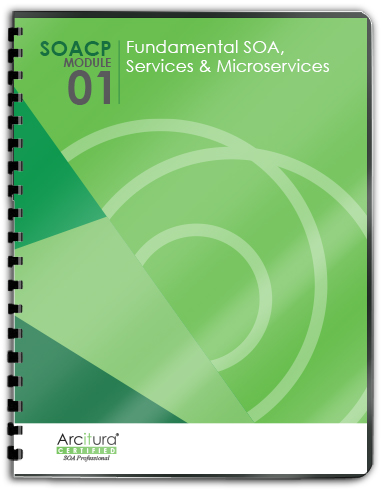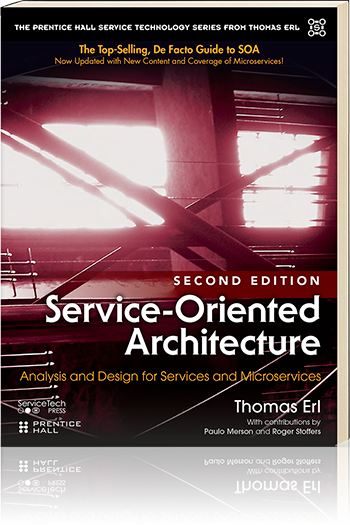SOA Patterns > Basics > What is SOA > Goals and Benefits of Service-Oriented Computing > Increased ROI
Increased ROI
Measuring the return on investment (ROI) of automated solutions is a critical factor in determining just how cost effective a given application or system actually is. The greater the return, the more an organization benefits from the solution. However, the lower the return, the more the cost of automated solutions eats away at an organization’s budgets and profits.
Because the nature of required application logic has increased in complexity and due to ever-growing, non-federated integration architectures that are difficult to maintain and evolve, the average IT department represents a significant amount of an organization’s overall operational budget. For many organizations, the financial overhead required by IT is a primary concern because it often continues to rise without demonstrating any corresponding increase in business value.
Service-oriented computing advocates the creation of agnostic solution logic – logic that is agnostic to any one purpose and therefore useful for multiple purposes. This multi-purpose or reusable logic fully leverages the intrinsically interoperable nature of services. Agnostic services have increased reuse potential that can be realized by allowing them to be repeatedly assembled into different compositions. Any one agnostic service can therefore find itself being repurposed numerous times to automate different business processes as part of different service-oriented solutions.
With this benefit in mind, additional up-front expense and effort is invested into every piece of solution logic so as to position it as an IT asset for the purpose of repeatable, long-term financial returns. As shown in the following figure, the emphasis on increasing ROI typically goes beyond the returns traditionally sought as part of past reuse initiatives. This has much to do with the fact that service-orientation aims to establish reuse as a common, secondary characteristic within most services.

Figure 1 – An example of the types of formulas being used to calculate ROI for SOA projects. More is invested in the initial delivery with the goal of benefiting from increased subsequent reuse.
It is important to acknowledge that this goal is not simply tied to the benefits traditionally associated with software reuse. Proven commercial product design techniques are incorporated and blended with existing enterprise application delivery approaches to form the basis of a distinct set of service-oriented analysis and design processes (as further described on the Service-Oriented Analysis and Service-Oriented Design pages).

